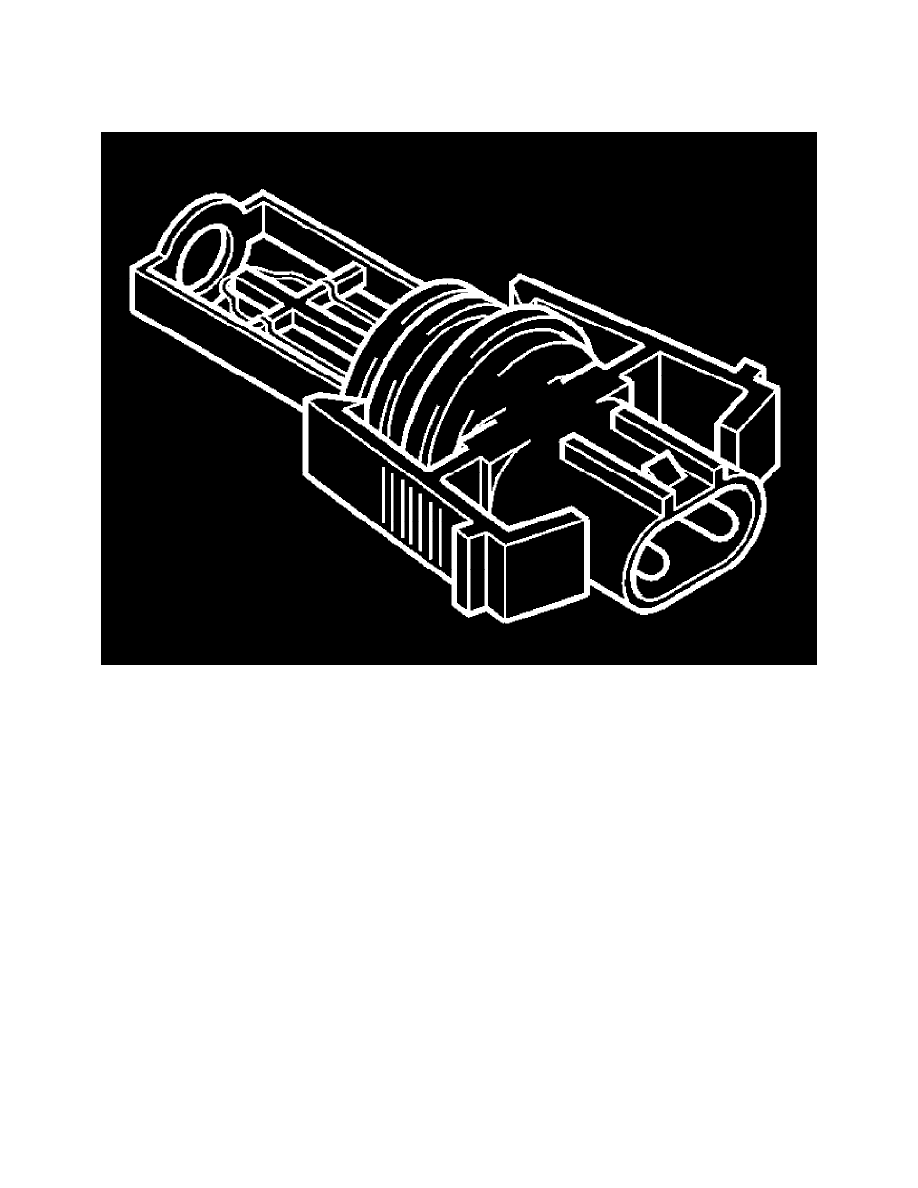XC70 L5-2.5L Turbo VIN 59 B5254T2 (2003)

Intake Air Temperature Sensor: Description and Operation
Temperature Sensor, Intake (Turbocharged Engines)
Temperature Sensor, Intake (Turbocharged Engines Only, 2002-2004)
On naturally aspirated engines, the intake air temperature sensor is integrated in the mass air flow (MAF) sensor. On model year 2002 turbocharged
engines, the temperature sensor is a stand-alone component. On turbocharged engines from model year 2003, the temperature sensor is integrated in the
intake air pressure sensor.
The temperature sensor detects the temperature of the intake air after the charge air cooler (CAC). This data is used by the engine control module (ECM)
to calculate the boost pressure control (turbocharger (TC) and to calculate the injection period. The control module also controls certain diagnostic
functions using the signal from the temperature sensor.
The sensor, which is an NTC resistor, is grounded in the control module and supplied with power (signal) from the control module.
The resistance in the sensor changes according to the temperature of the intake air. This provides the control module with a signal of between 0-5 V. The
lower the temperature the higher the voltage (high resistance). A high temperature results in low voltage (low resistance).
The temperature sensor is between the air cleaner (ACL) housing and the intake manifold (does not apply to turbocharged engines 2003-). The
temperature sensor on turbocharged engines 2003- is integrated in the intake air pressure sensor.
The Engine Control Module (ECM) can diagnose the temperature sensor. The sensor signal can be read using VADIS/VIDA.
